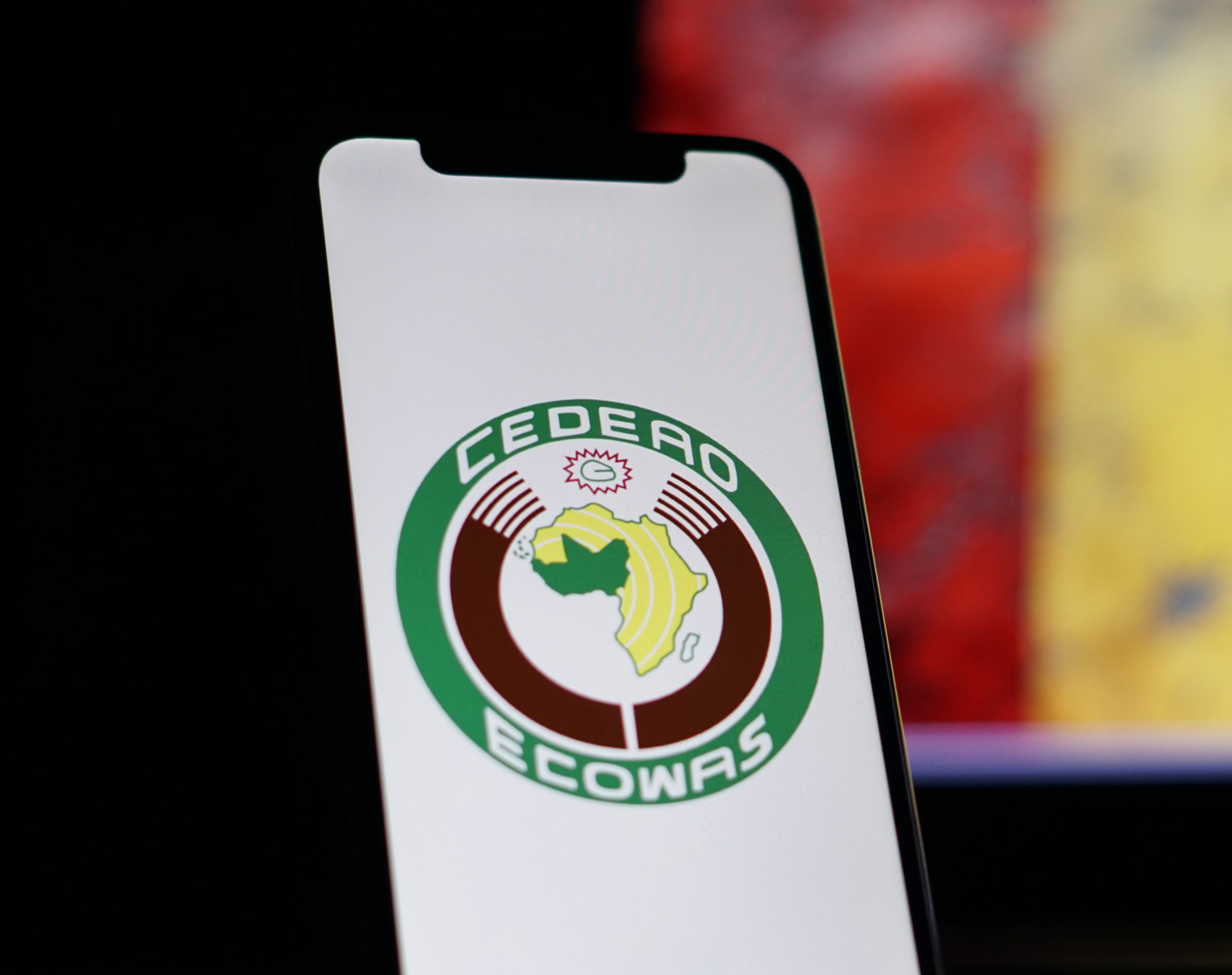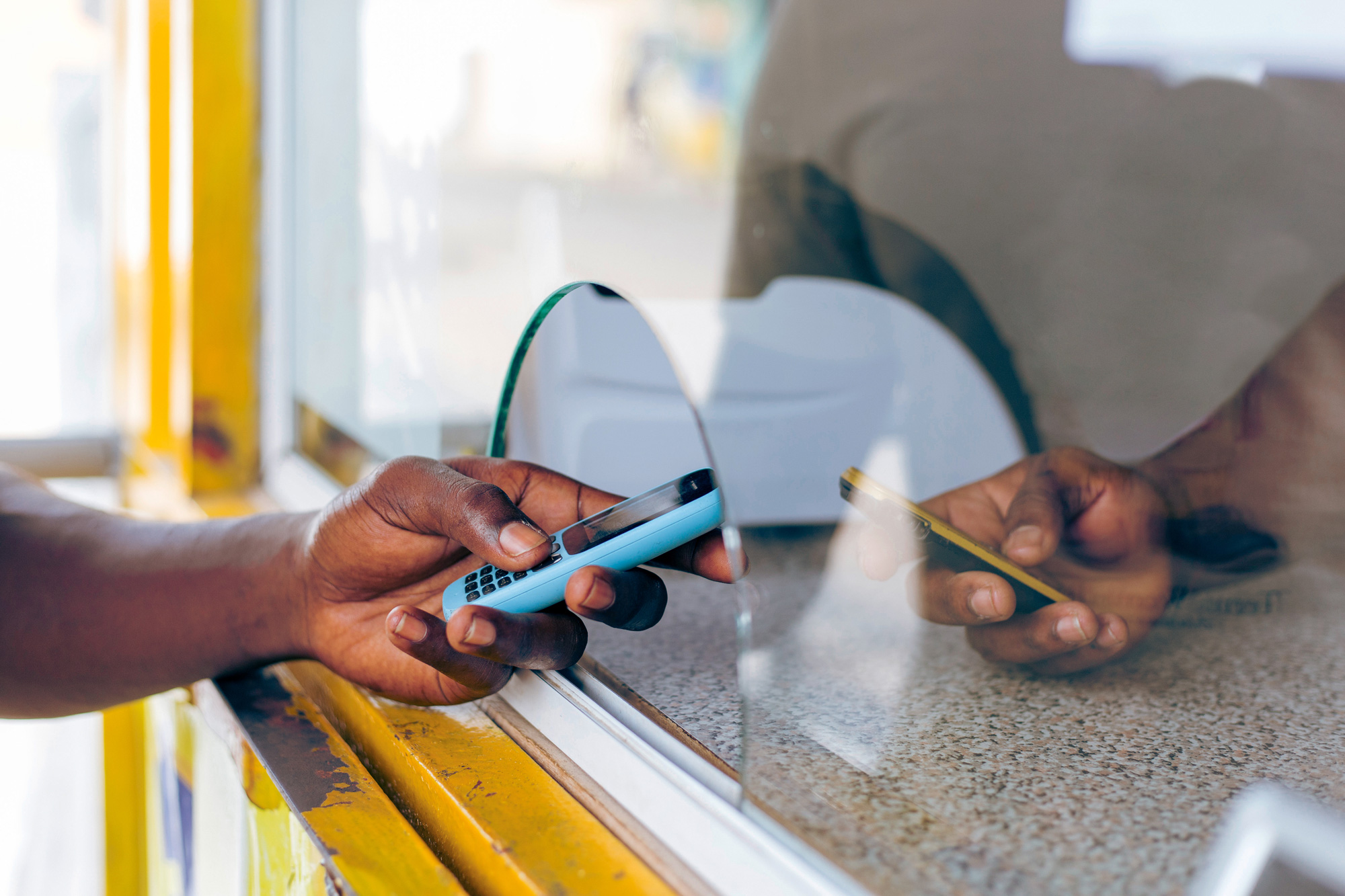
Quantifying the economic cost of media bias against Africa

For years, Africa has been defined by a narrow narrative, one of crisis, conflict, and dependence. While the cultural toll is well known, its economic cost has never been measured. Africa No Filter partnered with Africa Practice to make a change. We built the first model to quantify how biased media reporting affects Africa’s bottom line, revealing it could be costing the continent up to USD 4.2 billion annually in higher borrowing costs.
Challenge: When perception becomes a price tag
For decades, global media have trapped Africa in a narrow narrative — poverty, conflict, corruption, and disease. These outdated frames continue to overshadow the continent’s wealth, diversity, and progress. Africa No Filter has long challenged this imbalance, advocating for richer and more accurate storytelling. But while the cultural case for change is clear, the economic cost of these stereotypes remained underexplored.
Despite growing awareness, there was no data to show how biased narratives translate into financial harm. Without hard evidence, it was difficult to move the institutions that shape global capital, investors, governments, and media. The impact was real, but invisible.
Narratives shape perception. And perception drives policy, investment, and risk. Negative media drives up perceived risk, raises borrowing costs, and blocks investment. Until now, the argument lacked the numbers to back it up.
Approach: From headlines to hard numbers
To understand how media narratives impact Africa’s economy, we started with data. We analysed election coverage in seven countries, four in Africa, three globally, between 2017 and 2019. Elections attract global media attention and offer a consistent basis for comparison. They also trigger a surge in reporting, making them ideal for sentiment analysis.
We scraped thousands of English-language articles from both local and international sources. Using natural language processing, we assessed sentiment, tone, and recurring themes, especially around violence, corruption, and governance. To ground-truth the data, we also spoke to investors, entrepreneurs, and media experts to explore how these narratives shape risk perception and influence financial decisions.
But insights alone weren’t enough. We refined the research to support both advocacy and action. We made the data accessible and aligned every finding with the mission to shift harmful narratives.
One clear link emerged: negative media sentiment has a more direct impact on sovereign debt than on long-term investment like FDI. So we pivoted, focusing our modelling on bond yields, where sentiment shifts drive immediate financial consequences. Through this lens, the cost became visible. African countries are paying up to USD 4.2 billion more each year in borrowing costs due to negative media sentiment. That figure became the centrepiece of our findings, clear, urgent, and backed by rigorous evidence. We wrapped the research in data visuals and messaging designed to drive action far beyond the report.
Outcome: From insight to influence
This was the first time the financial cost of media bias against Africa had been quantified. It moved the debate from anecdote to evidence, giving donors, investors, media, and policymakers a credible tool to engage with. What had long been a felt truth, that headlines shape access to resources, was now backed by hard data. The research also reframed narrative change as a structural issue, not just a cultural one. It linked Africa No Filter’s advocacy to global evidence showing how bias, whether from media or credit rating agencies, drives up perceived risk and limits opportunity. It strengthened the case for an Africa-led credit rating agency and gave new urgency to demands for fairer, more balanced coverage of the continent.
Strategic significance: Shifting the system
This work is already shifting the conversation. Media sentiment is being taken more seriously as a driver of risk and cost. Narrative change is gaining traction as a legitimate lever for economic justice. Policy attention to sovereign risk perception is growing, and the case for African-led institutions, like a regional credit rating agency, has never been stronger. As one media stakeholder put it,
“Everyone knows the media paints Africa unfairly. But now, we know what it costs us, and that changes the conversation.”
Key Takeaway: Making the invisible visible
This research is a wake-up call: perception isn’t soft, it’s structural. Narratives shape markets. When Africa is framed through bias, the cost is real: higher risk, higher interest, less investment.
This work breaks the myth that storytelling is separate from economics. Narratives are infrastructure. They unlock or limit opportunity. The bottom line? Perception is policy. Ignore it, and the cost is counted in billions.
Capabilities
- Primary data strategy, collection, and analysis
- Key informant interview and focus group administration
- Proof point development
- Impact storytelling and visual design
- Advocacy proof point development
Related case studies


Confronting hunger, disease, gender inequality, and poverty
